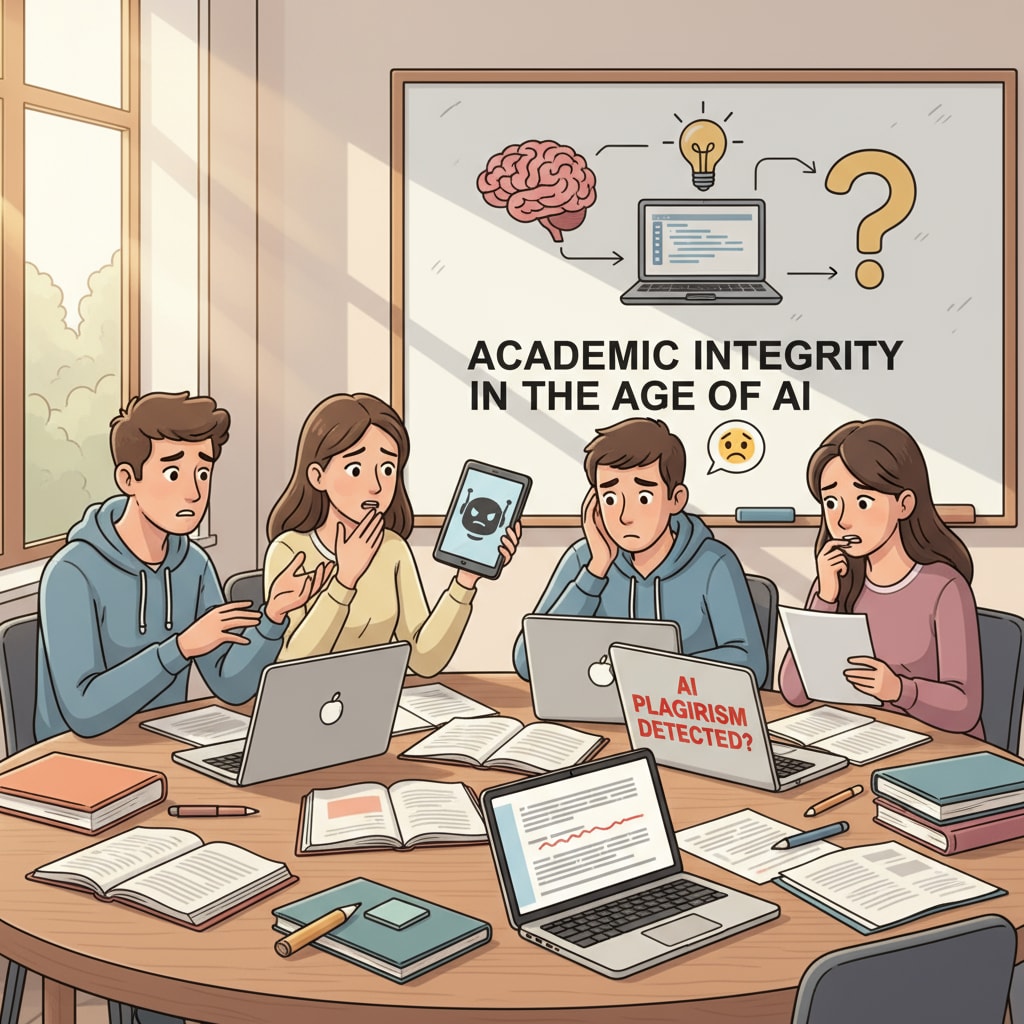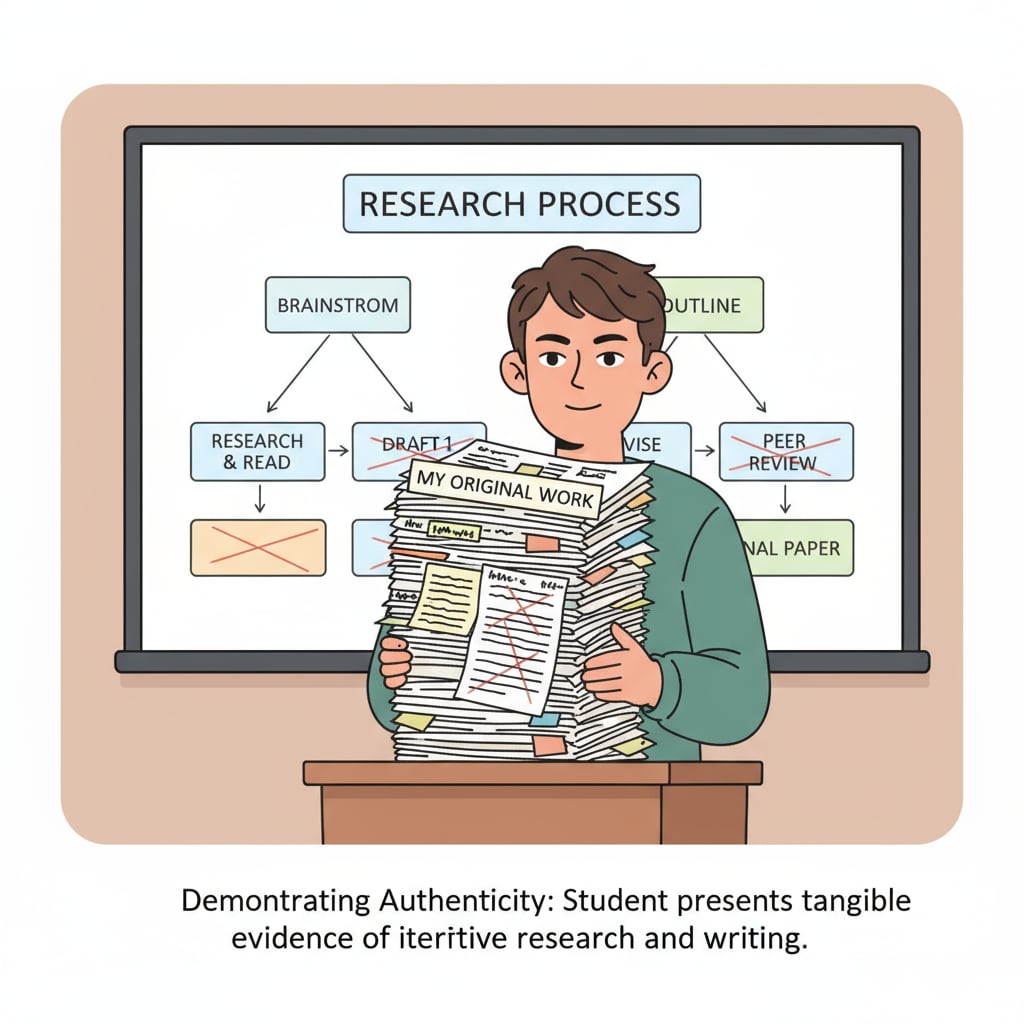In the age of rapid technological advancement, the issues of AI accusations, papers, and academic integrity have become hot topics. With the increasing prevalence of AI in the educational field, students are now grappling with a new challenge: proving that their academic works are original and not generated by AI. This article will delve into effective strategies for students in K12 education to respond to false accusations of AI plagiarism and how educators can redefine academic integrity in the AI era.

Understanding the AI Threat to Academic Integrity
The rise of AI has brought both opportunities and threats to education. On one hand, it can be a valuable tool for research and learning. On the other hand, it has also led to concerns about academic dishonesty. AI-generated content can be difficult to distinguish from human-written work, which has led to an increase in false accusations of plagiarism. According to Wikipedia’s page on Academic Integrity, maintaining honesty and authenticity in academic work is crucial. Educators are now more vigilant in detecting potential AI use, but this has also put students at risk of being wrongly accused.
Strategies for Students to Prove Originality
Students can take several steps to prove that their papers are not AI-generated. Firstly, keep a detailed record of the research process. This includes notes from sources, outlines, and early drafts. By showing the evolution of the paper, it becomes clear that it was a product of human thought and effort. Secondly, engage in in-depth discussions with teachers or peers about the topic. This interaction demonstrates your understanding and personal insights. For example, if you’re writing a paper on history, discussing historical events and your interpretations with others shows your active engagement. Thirdly, use writing styles and language that are unique to you. Everyone has their own writing voice, and maintaining that in your papers can help prove its authenticity.

Another important aspect is to be able to explain the content of your paper. If a teacher questions its origin, be prepared to discuss the key points, the reasoning behind your arguments, and how you arrived at your conclusions. This level of understanding is difficult for AI to replicate.
Redefining Academic Integrity for Educators
Educators play a crucial role in redefining academic integrity in the AI era. Instead of solely focusing on detecting AI use, they should also emphasize the importance of the learning process. According to Britannica’s entry on Academic Integrity, academic integrity encompasses not just the final product but also the journey of learning. Teachers can design assignments that require students to demonstrate critical thinking, creativity, and hands-on research. This way, it becomes easier to assess the authenticity of the work. Additionally, providing clear guidelines on what constitutes acceptable use of AI in academic work can help students navigate this new landscape.
Readability guidance: As seen above, we have used short paragraphs and lists to summarize key points. Each H2 section has provided a list of important aspects. We have also controlled the proportion of passive voice and long sentences. Transition words like “firstly”, “secondly”, “thirdly”, and “additionally” have been used throughout the article to enhance readability.


